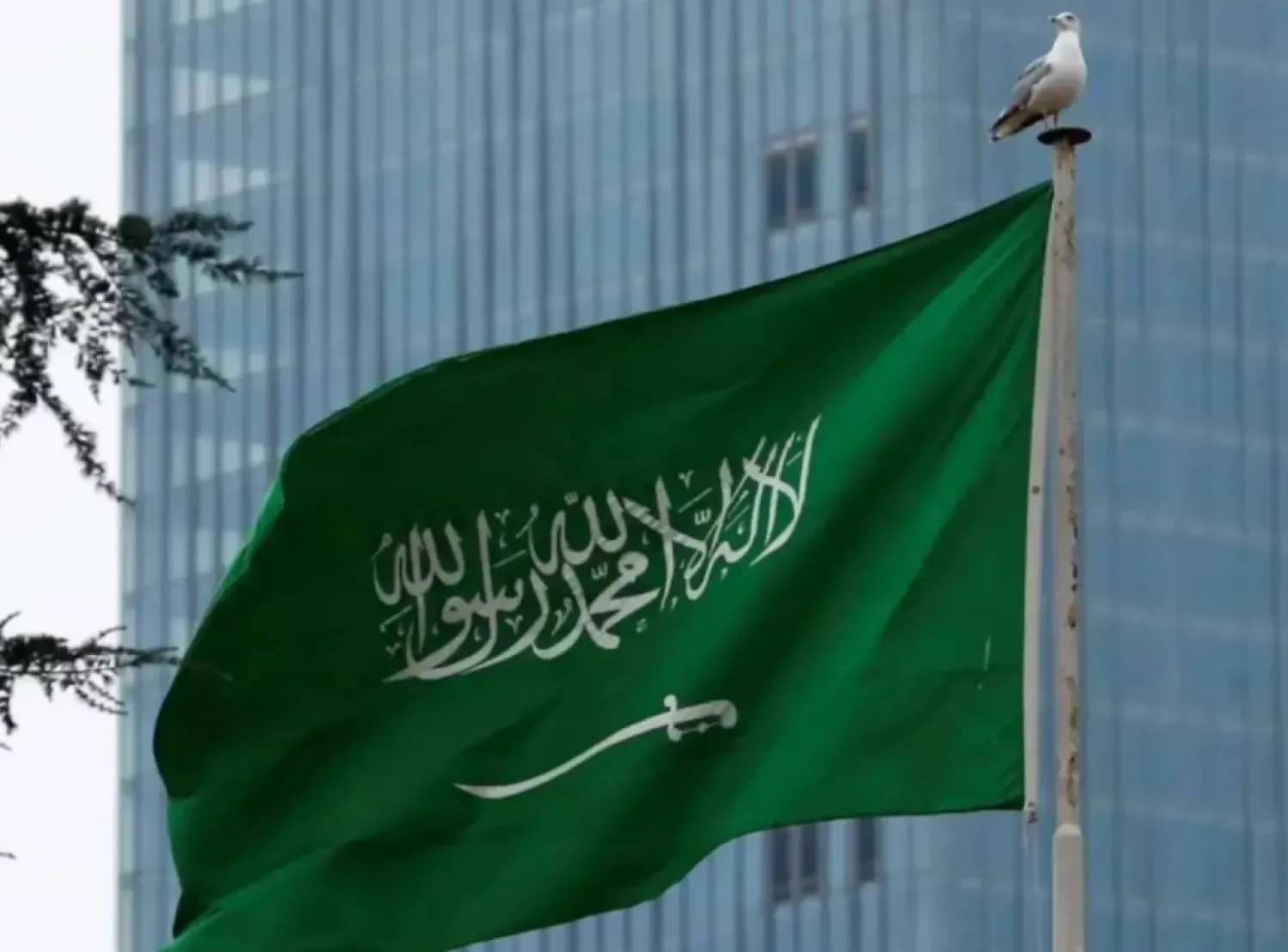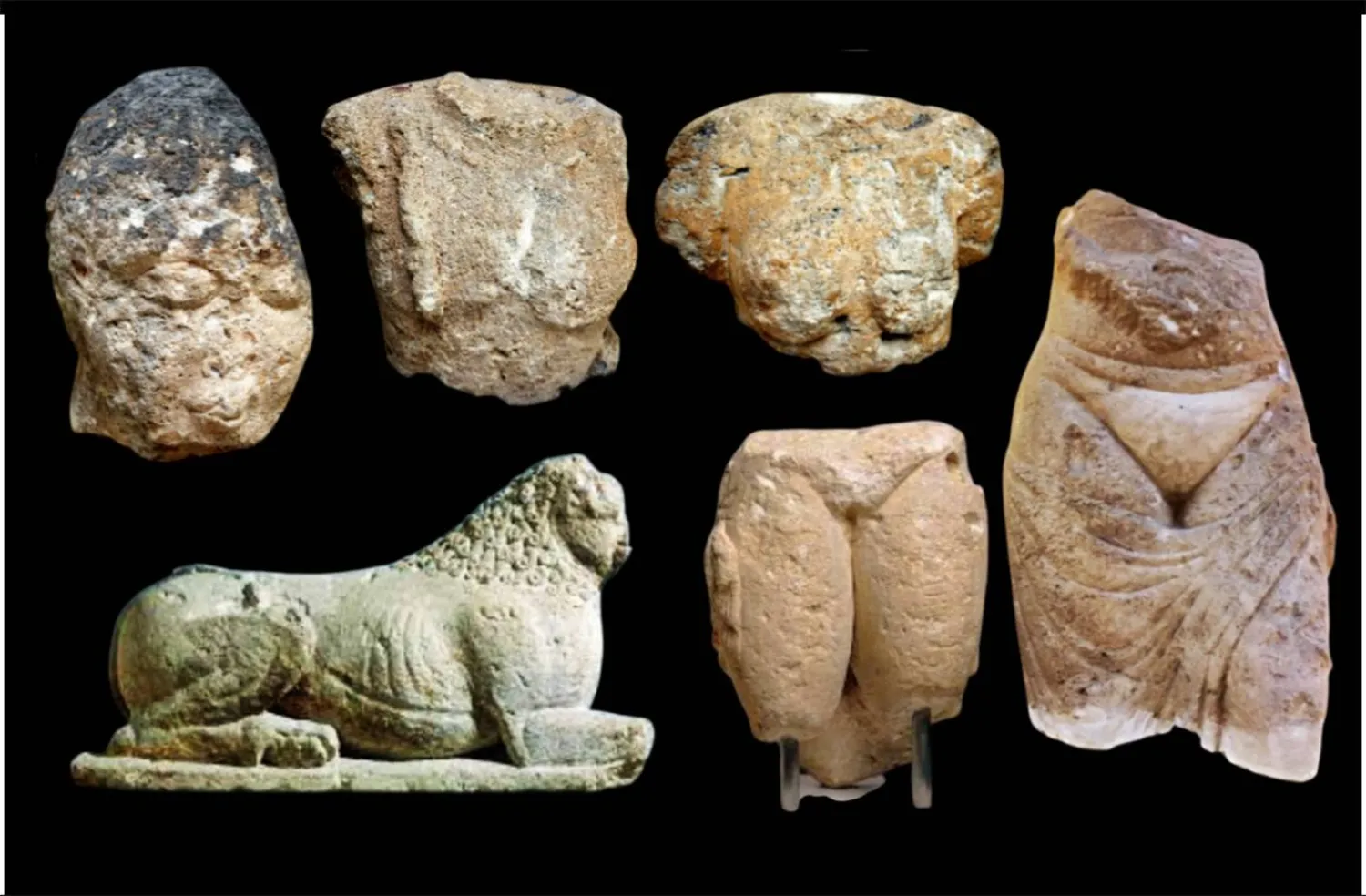Louvre Abu Dhabi and Swiss watchmaking brand Richard Mille have announced the jury and shortlisted artists for the fourth edition of the much-anticipated annual exhibition and competition, Art Here 2024 and the Richard Mille Art Prize, Emirates News Agency (WAM) reported Thursday.
The jury for this year’s edition, now expanded to include North Africa alongside the GCC, comprises distinguished members from diverse backgrounds in the cultural world, each bringing a unique perspective to the selection process, WAM said.
Returning to the jury are Sheikh Zayed bin Sultan bin Khalifa Al Nahyan, Adviser to the Ministry of Foreign Affairs (MoFA), Founder and Chairman of the satellite art platform ‘UAE Unlimited’, a prominent patron and collector of the arts and a board member of the British Museum and Centre Pompidou for the acquisition of Middle Eastern Art, in addition to Guilhem André, Scientific Curatorial and Collection Management Director at Louvre Abu Dhabi, a seasoned museum professional, and art historian.
New jury members include Simon Njami, independent curator, lecturer, art critic and novelist; Nujoom Alghanem, a renowned Emirati poet, artist and multi-award-winning film director; and Maya Allison, Founding Director of the Art Gallery and Chief Curator at New York University Abu Dhabi.
This year, Louvre Abu Dhabi and guest curator, Simon Njami, invited artists to respond to the theme Awakenings. The shortlisted artists are tasked with translating the concept of openness into visual forms. Openness signifies beginnings where possibilities are available at any given moment and implies the choices and decisions that lead to the direction one chooses to follow. The shortlisted artists will produce sculptures or audiovisual installations that address questions of today and the near future. Produced artworks will be showcased at the museum from September 20 to December 15.
Director of Louvre Abu Dhabi Manuel Rabaté said the collaboration with Richard Mille for the fourth year “enables the museum to continuously innovate and present new, creative themes, such as Awakenings, inviting artists to engage in and translate the concept of openness into visual forms.”
“Notably, for the first time, our open call extended to North Africa, underscoring our dedication to expanding to new geographies, and we are happy to produce and display the artworks of five shortlisted artists. This initiative reaffirms our commitment to enriching the region’s cultural ecosystem and our mission to narrate stories from diverse cultures around the globe.”
This year's edition has attracted submissions from a wide array of talent residing across the UAE, GCC, North Africa, and beyond. Works by five exceptional artists from the UAE, Tunisia and Egypt, have been shortlisted from 230 total submissions to be featured in the 2024 Art Here exhibition, each bringing unique perspectives and artistic practices. These artists' works will be showcased at Louvre Abu Dhabi from September 20, each competing for the prestigious Richard Mille Art Prize and its accompanying $60,000 cash award, WAM said.









